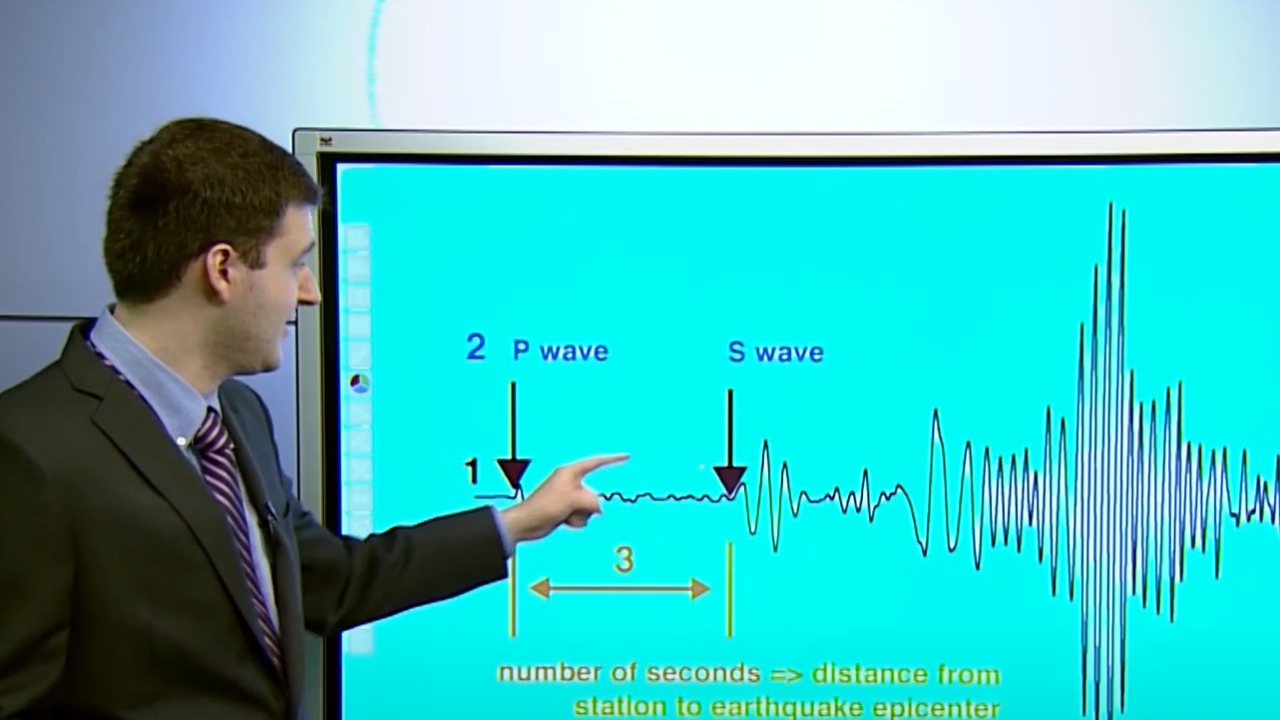
SYRACUSE, N.Y. (NCC News)– The massive earthquake hitting Turkey and Syria sent shockwaves around the world. While none of those shockwaves were felt in Syracuse, Central New York has experienced earthquakes over the years.
“There are faults that exist around the edges of the Adirondack mountains and around the St. Lawrence valley, essentially separating the United States and Canada,” said Le Moyne geology professor Tanner Lawrence.
While the USGS hasn’t reported an earthquake with a direct epicenter in Syracuse within the last 100 years, the seismic waves from fault lines can occasionally travel, and be felt by residents within the area. Tanner mentions a registered 5.9 earthquake in Virginia shook the Syracuse area in 2011, as well as a 5.1 earthquake in Ottawa, Canada dating back in 2013.
“My windowsill was full of different plants and knickknacks. I remember that morning in 2013, they both shook, and that’s how we knew there was an earthquake,” said resident Amber Smith.
A study by the Northeast States Emergency Consortium says over 550 earthquakes have taken place in New York state from 1737-2016. Within that time frame, five specific years have seen the most damaging earthquakes: 1737, 1929, 1944, 1983, and 2002. The NSEC reports the most recent 2002 earthquake, hitting the Au Sable Forks area, registered as a 5.0.
In 2023 though, other parts of New York have experienced significant seismic activity, such as Buffalo in February. The USGS reports, the 3.8 West Seneca earthquake was the largest one felt within the city of Buffalo in 40 years. The earthquake in Syria and Turkey, however, was 10,000 times more powerful. With each number on the Richter scale being 10 times greater than the next.
Despite the presence of earthquakes, Tanner said not to worry, as Syracuse is highly unlikely to feel anything major. “People feel earthquakes here pretty infrequently,” Tanner said. “I’d say maybe once every decade, so no one really has any reason to panic.”
While earthquakes in Central New York are unlikely to harm anyone, the NSEC reports that New York has more “felt” earthquakes than any northeastern state. Seismic activity varies from region to region, but Tanner recommends all residents should have a safety plan nonetheless.




